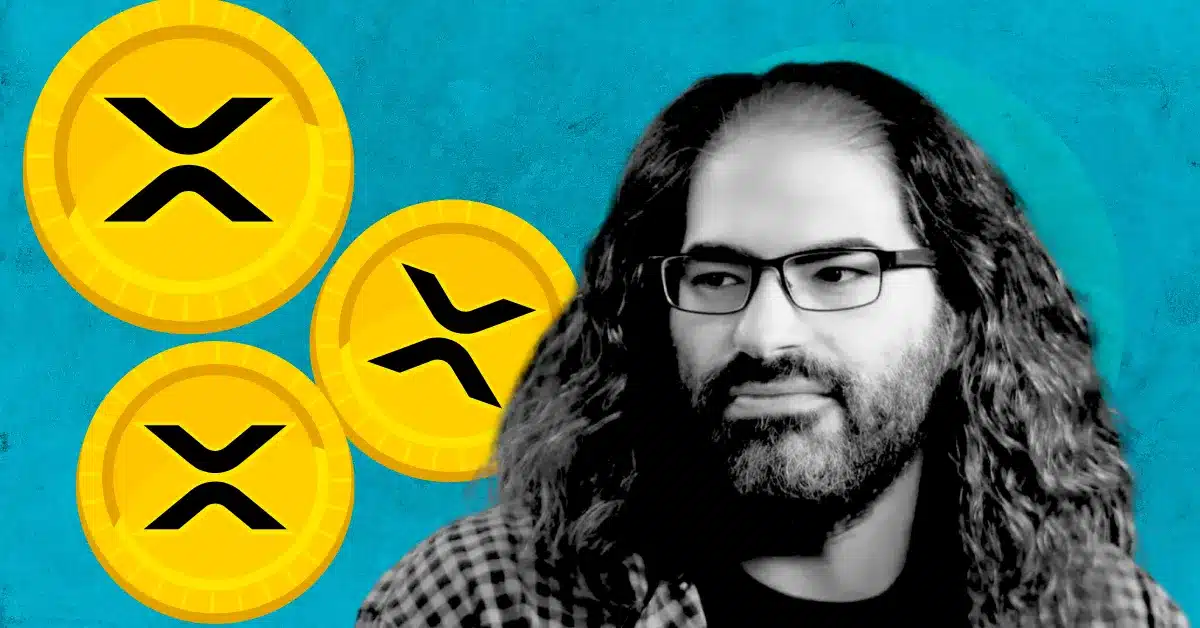- Ripple CTO reveals the true stakeholders behind XRP Ledger success.
- XRPL hits 100 million ledgers, proving its network stability.
- Ripple’s decentralization vision shifts blockchain norms, reducing middlemen in transactions.
David Schwartz, the Chief Technology Officer of Ripple, recently revealed a surprising insight into the true stakeholders of the XRP Ledger (XRPL). According to Schwartz, the real drivers of the network are not just those holding XRP, but rather the individuals who actively use the platform for transactions.
These users, who engage in payments, token transfers, and more, are fundamental to the XRP Ledger’s ongoing success.
Schwartz further emphasized that those who “want to be their own bank” in a decentralized environment also play a vital role in XRPL’s ecosystem. In addition, validators who run nodes for their personal or business needs, rather than for financial profit, are equally important stakeholders.
This approach highlights a shift from the traditional understanding of stakeholders, broadening the term to include everyday users and operators committed to decentralization.
Also Read: Ripple’s CEO Discusses $2B Buybacks and Growing Institutional Demand in Recent Interview
The Real Value of XRP: A Shift Toward Decentralization
This statement comes amid rising debate over the value of Ripple’s technology. Critics argue that Ripple’s worth is mainly tied to its XRP holdings, while the XRP Ledger sees limited real-world usage.
However, members of the XRPL community countered these claims, asserting that the network’s low fees, typically under a penny, are a testament to its efficiency rather than a sign of lackluster usage. They stress that Ripple’s impact goes beyond simple transactional value.
Schwartz, in response, pointed out a key difference between XRPL and other major blockchains like Bitcoin and Ethereum, where validators are financially incentivized. On XRPL, validators participate voluntarily, driven by their own business needs or interest in supporting the decentralized nature of the network.
This model, Schwartz argues, reduces the need for middlemen, creating a more user-centric blockchain that doesn’t rely on transaction fees for validator rewards.
XRPL Reaches Major Milestone: 100 Million Ledgers Completed
In another major development, the XRP Ledger has now completed its 100,000,000th ledger. This milestone underscores the network’s stability and long-term viability, showcasing years of uninterrupted operation. XRPScan reports that this achievement highlights XRPL as one of the most reliable decentralized networks in the blockchain space.
The milestone was celebrated within the XRP community, with contributors like Vet (@Vet_X0) emphasizing that it represents “100 million times of collaborative consensus and verified truth.” Each ledger, according to Vet, marks a step toward greater decentralization and transparency. This milestone reinforces the growing confidence in the XRP Ledger’s potential for the future.
Also Read: Ethereum Crashes 12% as ETFs Turn Green and Whales Make Bold, Conflicting Moves
